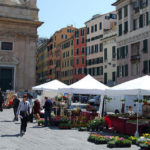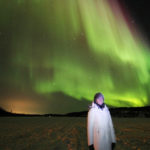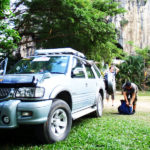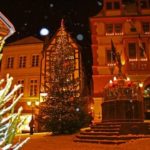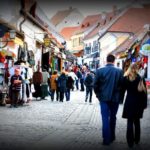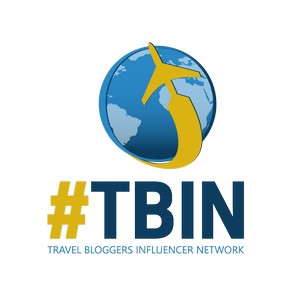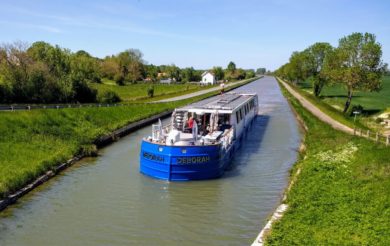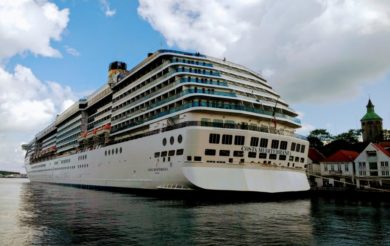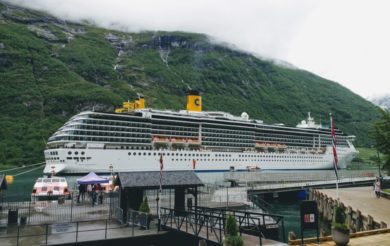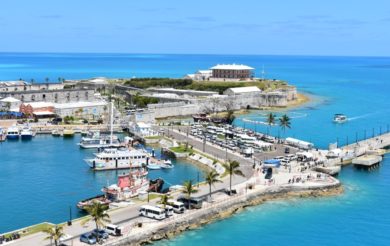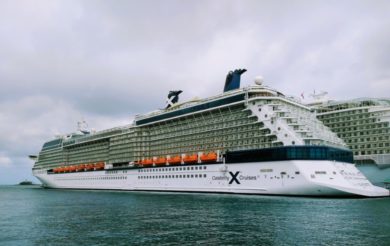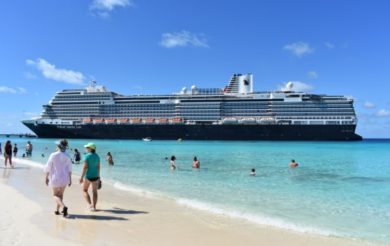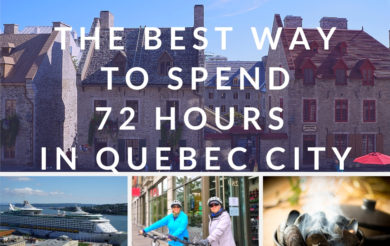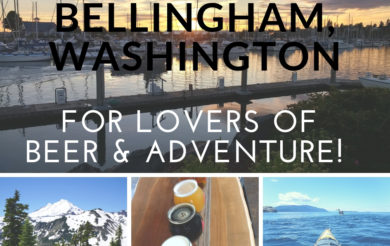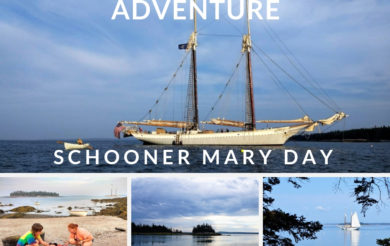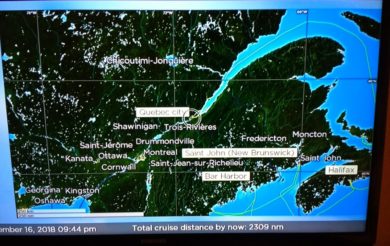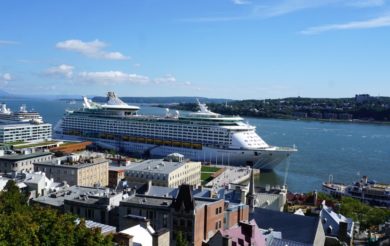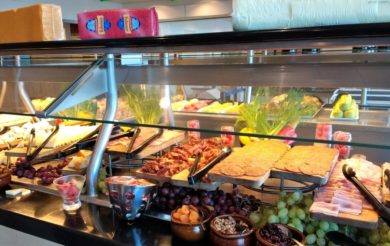Aurora Borealis – A Yellowknife Adventure
Aurora Borealis – A Yellowknife Adventure
By Jill Philipchuk
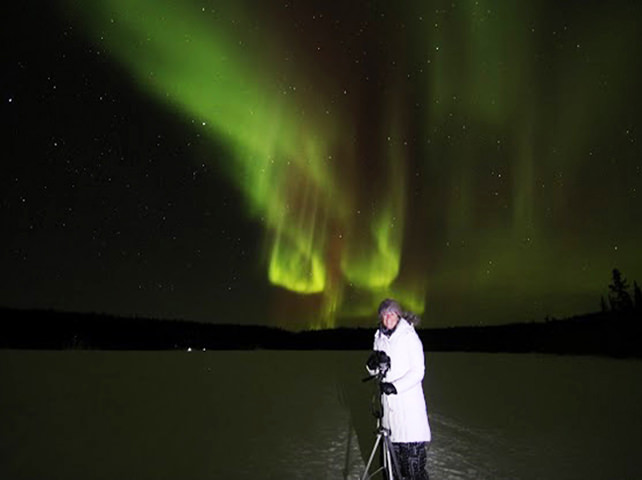
Aurora Borealis – A Yellowknife Adventure
Date: September, 2012
Time: 1:00 am
Place: Watson Lake, Yukon Territories, Canada
I am outside and I am wearing my husband’s huge, puffy down jacket to stay warm as I scan the sky for the Northern Lights (aurora borealis). He is inside sawing logs. My camera is set up and I refuse to give up and go inside. Earlier in the evening we had viewed the film, “Yukon’s Northern Lights” at the Watson Lake Northern Lights Space and Science Centre and I was hoping that my dream of seeing the aurora was finally going to come true. Well, that night, I got a glimpse, but just enough to whet my appetite. I knew that I had only seen a preview – that there was a much bigger show to be seen.
I did some preliminary research and there seems to be general agreement that around the solstices (March and September) are the best times to see the aurora. I monitored several websites to monitor aurora activity and weather and I researched several locations and finally decided that Yellowknife was going to be my destination. “They” say that if you are in Yellowknife for three nights you have a 90% chance of seeing an aurora.
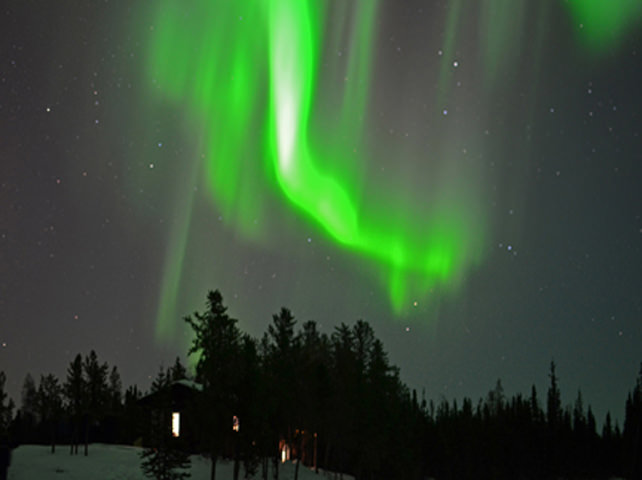
Aurora Over The Viewing Cabin
Dates: April 3, 4, 5, 2013
Time: 1:00 am
Place: Just outside of Yellowknife, Northwest Territories
It’s as if someone is painting with a bright green crayon across the sky. There is no pattern – the lights move and swirl and streak and brighten and fade. Every minute is different than the one before. It is absolutely magical. At times I see hints of red and the “shows” last anywhere from 10 minutes to 30 minutes – fading to nothing in between – just enough to make you want to stay outside in the freezing weather (minus 34 Celsius/minus 29 Fahrenheit!) to catch the next feature if or when it starts. Awesome, breathtaking, magical, mystical, amazing. I am blown away. I went with the attitude that I could very well have not seen them at all, but I was so lucky that I saw the aurora on all three nights.
How to view the aurora? I had considered renting a vehicle and simply driving outside of town to wait for the aurora, but since I was on my own I thought it might be a little lonely and boring waiting outside alone in the middle of nowhere. I met a young couple from China who drove outside of the city lights in their rental car every night and they seemed quite happy about it. However, I chose to book with Beck’s Kennels for two nights and North Star Adventures for my third night.
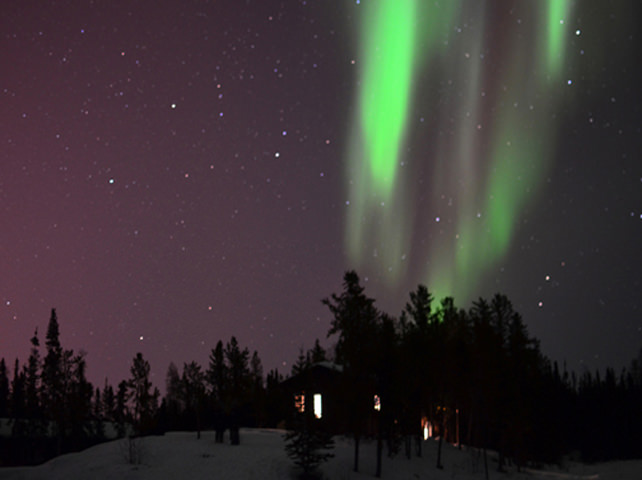
Aurora Over The Viewing Cabin
The first night I was picked up in a van at my B&B just after sunset – around 10:00 pm – and after picking up other aurora hunters – we made our way to the viewing cabin on a small lake about 20 minutes outside of town. The fire was roaring in the wood stove and it was a warm and comfy place to stay when it was cold or the aurora faded. We stayed until 2:30 a.m.
On the second night I chose the option of getting to the viewing cabin by dog sled. The dogs ran non-stop for 30 minutes and the quiet sledding action in the darkness through the forest was surreal. But on the way home at 2:30a.m. it was even better because we were sledding under the aurora.
I chose a different company on the third night – North Star Adventures. Once again, we were picked up in a small bus and driven to lake about 30 minutes outside of town. There was no cabin, but the bus was available for warming up. It was interesting to be in a different place, but I have to say that I think I enjoyed the convenience and the ambiance of the cabin. One nice thing about North Star Adventures is that Joe, the guide/owner, takes photos of everyone with the aurora in the background – a nice memory.
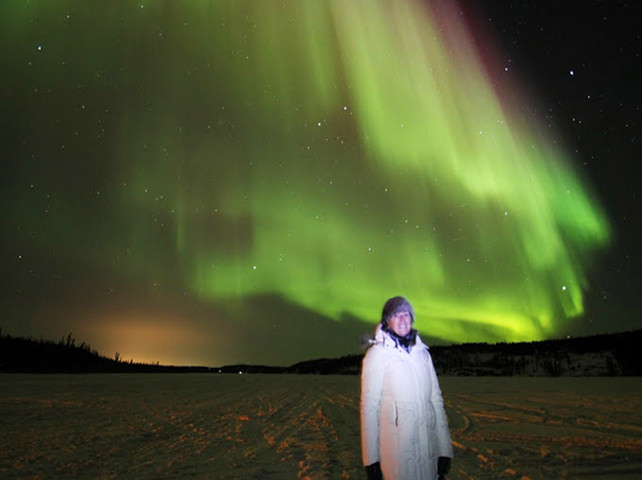
Jill Philipchuk In Front Of The Aurora Borealis
What to pack? It seems redundant to say but dress warmly. Long underwear is a necessity. If you don’t have warm clothes Beck’s will rent you the whole kit and kaboodle for $40 a day. Bring a flashlight. Bring your camera with a tripod.
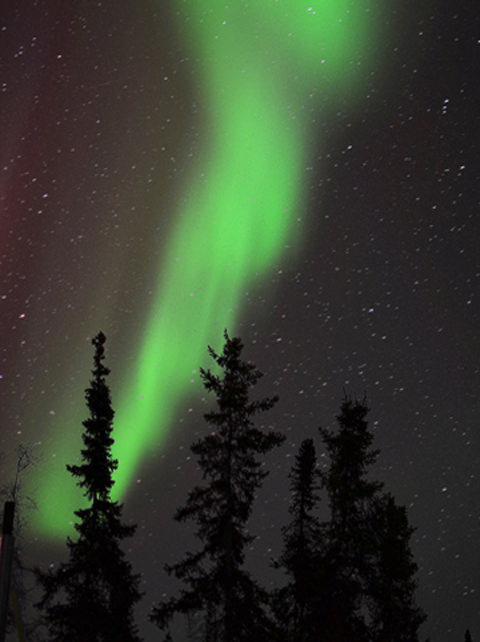
Aurora Streaking Through The Trees
Where to stay? There are several hotels in Yellowknife to choose from but I stayed at Bayside Bed and Breakfast in Old Town – about a 20-minute walk from downtown Yellowknife. It’s a small establishment with only five rooms (four have a shared bathroom) and a hidden gem of a restaurant (The Dancing Moose Cafe). Breakfasts were amazing.
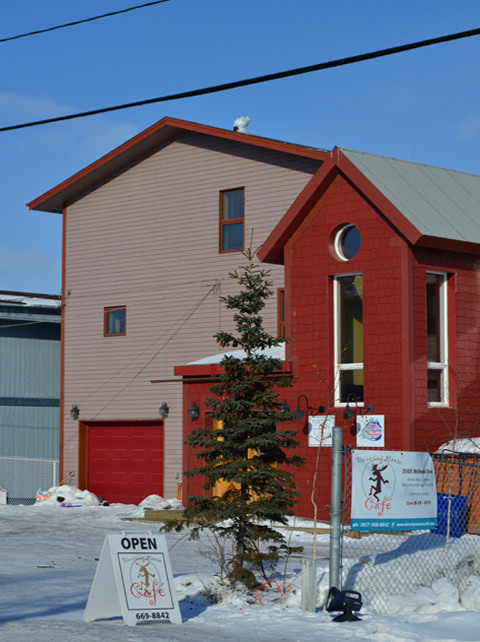
Bayside Bed & Breakfast In Old Town Near Yellowknife
Going alone? No problem. I felt perfectly safe walking around in Yellowknife during the day but I would highly recommend going with the tours at night. It is nice to have a warm place to stay between “shows” and nice to meet fellow aurora hunters.
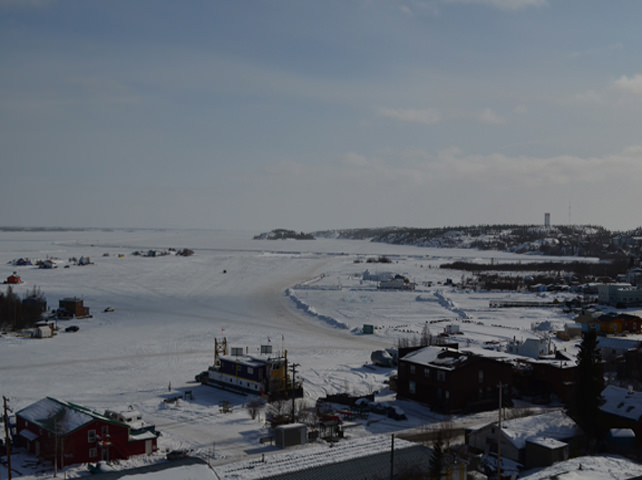
Looking From Old Town Over Great Slave Lake Towards Downtown Yellowknife
What to do during the day? Great Slave Lake was frozen solid so I walked along the lake to the colourful houseboats and to the Ice King’s Snow Castle (open only during March) and walked about 20 minutes into downtown Yellowknife. Although I didn’t go, dog sledding and snowmobiling trips are also popular. Shopping is minimal but there are a few funky gift shops to check out.
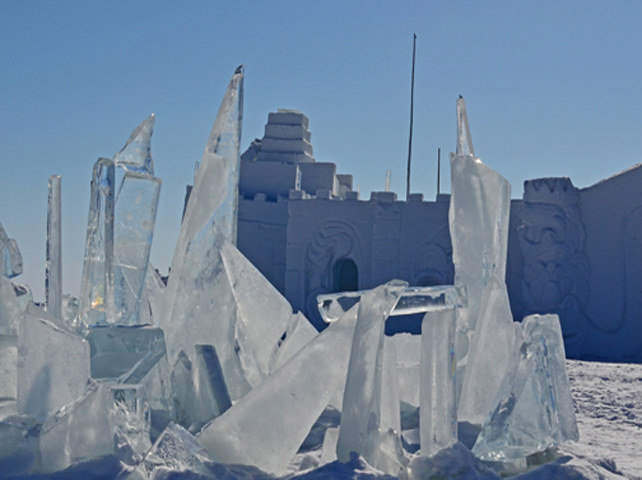
Ice Sculptures By The Castle In Yellowknife
What is the aurora? Scientifically, it has something to do with sun spots and solar activity. NASA scientists predict that 2013 is a “Solar Max” year – in other words, it is the peak of an 11-year cycle with lots of aurora. But, who knows? What I say is, who can really predict Mother Nature? Who can explain magic? Recent discussions indicate that the fall should be spectacular. I think I may just have to go back in September and see what happens!
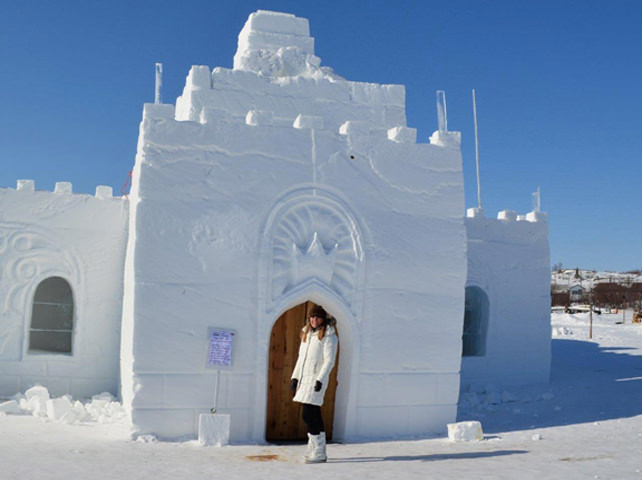
Jill Philipchuk In Front Of The Ice King Castle
If You Go:
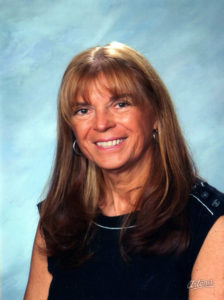
Jill Philipchuk
Bio:
Jill Philipchuk has always had the travel bug. She has no qualms about travelling alone, with friends or with her husband. She camps, she stays in luxury hotels, or in small out-of-the-way places. Jill enjoys to take photos, make videos and produce photo books. Her husband is a passionate fly fisherman and is the subject of many of her productions, but this trip to Yellowknife to see the aurora was her life-long dream. She now considers herself an aurora addict. Having recently retired, she now writes about her travels and shares her experiences. In between trips, she and her husband live in Vancouver, B.C., Big Bar Lake, B.C., and Belize, Central America. This is her first travel article. To see more of Jill’s travels, visit her YouTube channel.

